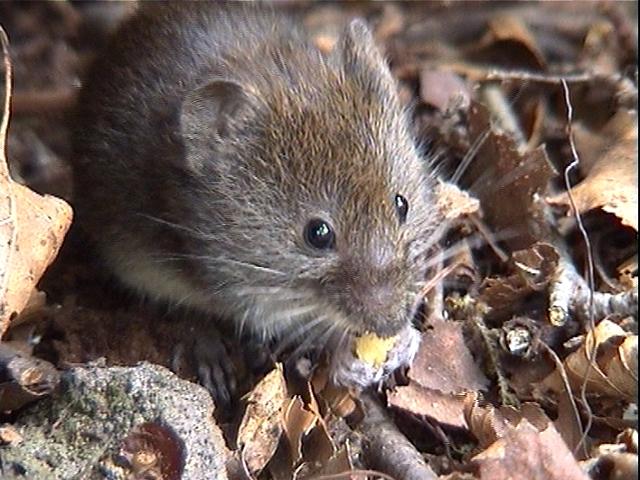Climate science: now what? Less ice, more hanta virus.

Guess which part of the Northern Hemisphere is warming the fastest? Scientists say "Arctic." That means retreating glaciers, reduction in sea ice and the rising ocean levels will continue. The research comes from a multi-national group of scientists and the project was co-ordinated by the U.S. Geological Survey and U.S. Climate Change Science Program. It contained contributions from 37 scientists from the U. S., Germany, Canada, the United Kingdom and Denmark.
Right now, the report says, this human-induced climate warming is equal to some naturally-caused warming periods in the past. But their projections say this one could get much more extreme. Greenland may lose all its summer ice cover. Much of that water is now trapped above sea level. It melts, the oceans rise. As the climate changes a tipping point is possible that would trigger very quick, extreme shifts in weather and climate.
I've blogged about this before: as more Arctic land is freed from ice, there's a move afoot by bordering nations to claim the land, the resources, the shipping channels. Here's an update on the Arctic power lays by the big players from Russia to Canada to the U.S.
WARMER CLIMATE, VIRULENT VIRUS
Europeans are now beset with a problem perhaps worse than Russia cutting off natural gas. Medical researchers say a nasty virus is on the increase because of the warming climate. The disease is called nephropathia epidemica (NE). It was virtually unknown in Europe before 1990. NE is caused by Puumala virus (PUUV). PUUV in turn is carried by the bank vole, a rodent common throughout most of Europe. The bank vole needs certain habitat and a healthy harvest of acorns and tree seeds. Those are increased in the warmer summers and autumns that common across much of Europe. More tree mast, more voles, more virus, more sick people.

That bank vole picture says "cute and deadly." Prey becomes killer. If you do go into the woods in Europe, and get sick, you should survive. Said one researcher, " In 1997, more than 9,000 people in the Russian republic of Bashkortostan contracted the disease, of which 34 cases were fatal". PUUV is in the infamous hanta virus family, causing internal bleeding and kidney probs. Go to the American CDC site on hanta, there's another cute little rodent smiling up at you.